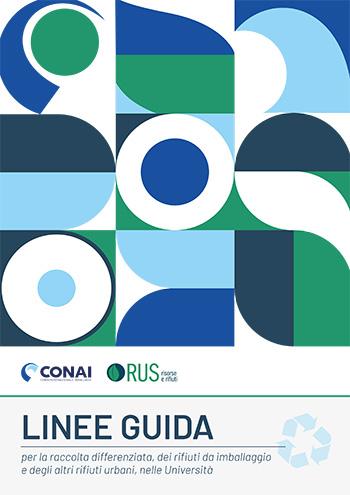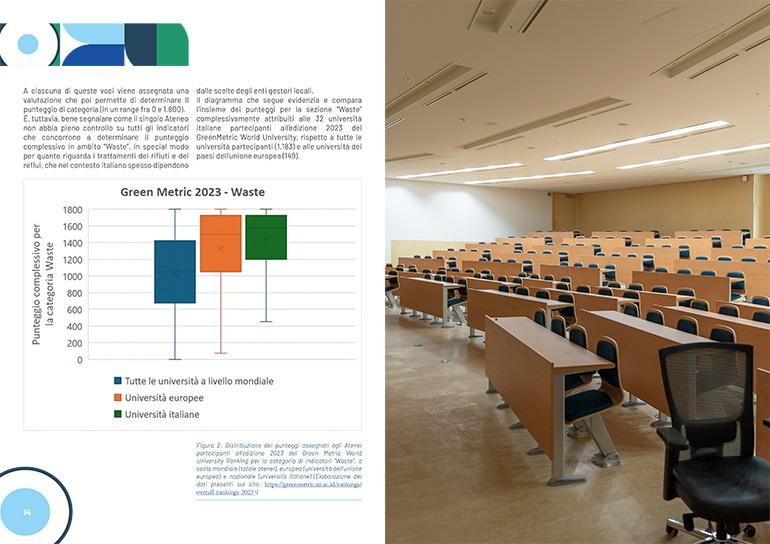A guide for sorted collection in universities
The first Guidelines for the sorted collection of packaging waste and other urban waste in Italian universities have been published. It’s a document promoted by CONAI, arising out of the collaboration with member universities of the Resources and Waste Work Group of the RUS - Rete delle Università per lo Sviluppo sostenibile (University Network for Sustainable Development).

For the first time, Italian universities will have a complete document aimed at optimising sorted waste from a qualitative and quantitative point of view, to promote good practices in the separation of waste both inside the university community and among external stakeholders.
Presented on 11 July at the main office of the pioneer university of the project, the University of Salerno (Fisciano), the guidelines have a social significance
«not only because – explains the vice general director of CONAI, Fabio Costarella – it means taking action with youngsters and working on their level of awareness regarding sustainability, to encourage them to become increasingly informed citizens attentive to the resources of the planet. It is also because the circularity targets that Italy has to meet are, as we know, becoming more and more ambitious. It’s important that each one of us plays their part, delivering packaging waste to sorted collection in a correct and informed way: not only at home, but also on all occasions in which people meet together in professional, cultural and recreational contexts.
These Guidelines represent a concrete commitment by the university community to help the country achieve higher and higher percentages of waste that avoids landfills to finds a second life ».
Uniting forces for a common objective. These Guidelines form a unique and valuable document, the fruit of a collaborative process that has seen the involvement of all the member universities of the Resources and Waste Work Group of the RUS (on whose site they will be published, Ed.). And although it is not claimed that they cover all the possible situations associated with sorted waste collection in the universities, they are, nevertheless, an important basis of shared knowledge, which can offer points of reflection for subsequent more detailed analysis.
The initiative has made the best of starts: the Guidelines have, in fact, been recently awarded during the 31st edition of Comuni Ricicloni (Top Recycling Municipalities), the report drawn up by Legambiente that rewards the green commitment of local authorities. The recognition was presented to the RUS, to the University of Salerno and to Fisciano Sviluppo SpA (the city of Fisciano) which collaborated actively in the project, aiming to optimize sorted waste in the territory in order to reach 85% by 2025.
Structure of the Guidelines. Four macro-categories of waste production centres in Italian universities were identified: teaching, research and services areas (lecture halls, laboratories, bathrooms…); recreational areas (shared internal areas or relevant external areas, sports facilities …); student residences; canteens, including bars, restaurants, cafeterias. The main types of expected waste and the containers for their sorted collection were identified.
In this way, the document is able to take account of the main flows of waste to be collected separately, listing in a precise way and categorising the fractions of waste produced inside the various university contexts, proposing points for attention and improvement, besides suggesting how to transmit all the information necessary for enabling all those who live every day on campus to sort waste in an effective way. There is also a key part of the Guidelines focusing on the importance of categorising items and on the preparation of monitoring programmes that control the waste management processes.




















